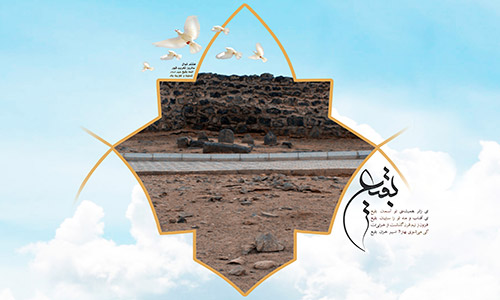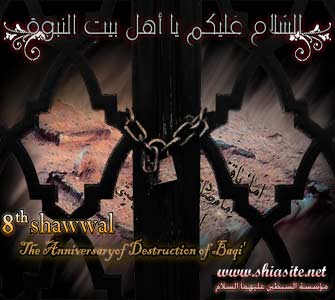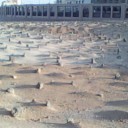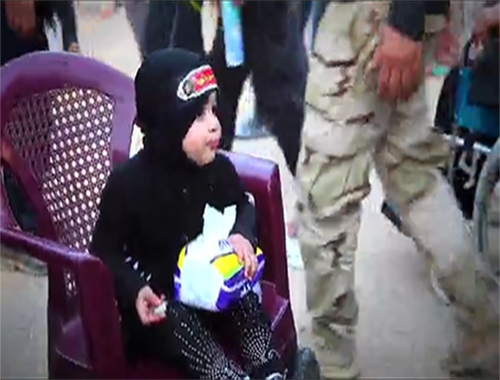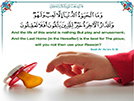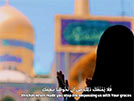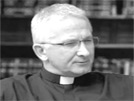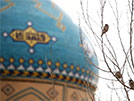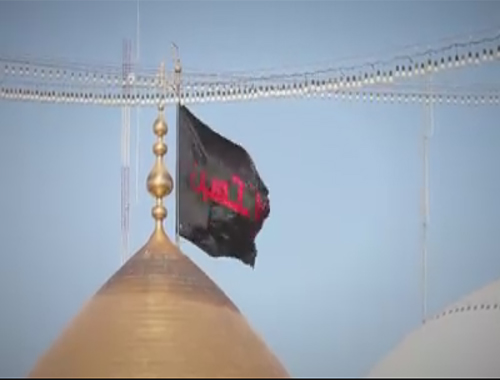Preface
- Details
- Hits: 13294
Preface
--------------------------------------------------------------------------------
In the name of AllÄh, the Beneficent, the Merciful
O AllÄh, send Your blessings upon Muhammad & his Progeny
The book in your hand is an introductory treatise on Islamic beliefs, laws and ethics as well as the early history of the faith in fifty lessons. These lessons were part of the Islamic Correspondence Course that I compiled, wrote and edited for the Islamic Education and Information Centre, Toronto, in the early nineties.
The course consists of three parts: Part I (twenty lessons) on Islamic theology outlines the basic beliefs of the faith; followed by Part II (fifteen lessons) on Islamic jurisprudence explaining the spiritual and financial issues as well as the social and familial aspects of life; it concludes with Part III (fifteen lessons) on the brief history of the first three centuries covering the lives of the Prophet Muhammad, his daughter, FÄtima, and the Twelve Imams of Ahlul Bayt (peace be upon them all). Each lesson is followed by a question paper.
Besides my own writings, the sources used in preparing this course have been duly mentioned at the end of each lesson. Nonetheless, I would like to acknowledge here the writings of my late father ‘AllÄmah Sayyid Saeed Akhtar Rizvi, the board of writers of Dar RÄh-e Haqq Institute (Qum, Iran), the late ‘AllÄmah S.M. Husayn TabÄtabÄ’i, and AyatullÄh NÄsir MakÄrim ShirÄzi. I also would like to thank Br. Haider Ali Khoja, a lecturer at Humber College, for preparing the question papers for the initial lessons which helped me in preparing questions for the remaining lessons in the same pattern.
I pray to the Almighty AllÄh that this book may prove as useful and helpful for seekers of truth as did the Islamic Correspondence Course which soon became popular on a world-wide basis: an Islamic Centre in Houston, Texas, included it in its tablÄ«gh program for new Muslims; a prominent organization in the United Kingdom plans to put it on-line; and the Bilal Muslim Mission of Tanzania has translated it into Swahili and has included it as the intermediary level of its correspondence courses.
Wa mÄ tawfÄ«qÄ« illa bi’l-lÄh.
Toronto, Canada
Sayyid Muhammad Rizvi
Safar 1425 / April 2004


